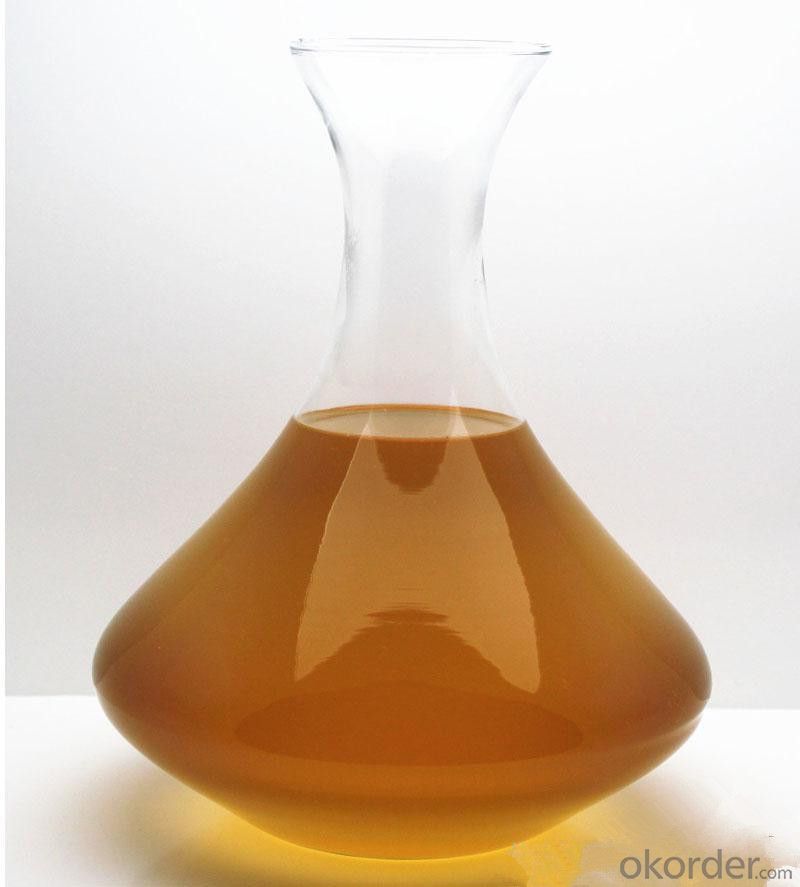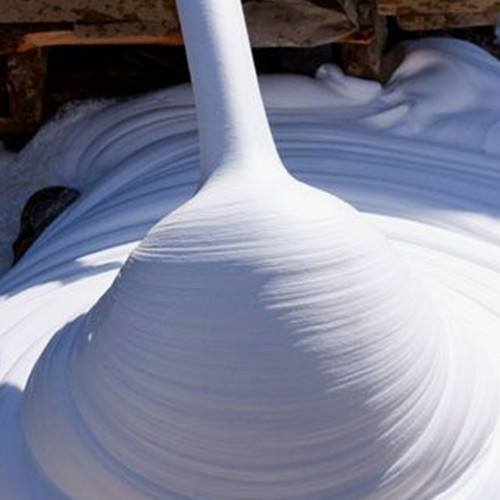Professional solutions on concrete addtives, Concrete Foaming Agent, Superplasticizer, CLC Blocks Additives, and foaming machine
(What is clc foam concrete?)
Foam concrete is lightweight concrete made from cement, sand or fly ash, water, and foam. Foam concrete is a form of foam grouting or foam mortar. Foam concrete can be defined as a cementitious material consisting of at least 20% foam that is mechanically engrafted into plastic mortar. The dry density of foam concrete can vary from 300 to 1600 kg/m3. The compressive strength of foam concrete measured after 28 days ranged from 0.2 to 10N/mm2 or higher.
The difference between foam concrete and aerated concrete is the amount of entrained air. Aerated concrete takes in 3% to 8% of the air. It is also different from retarded mortar and aerated concrete, for the same reason of the percentage of the air entrained. In the case of a slow-setting mortar system, it is 15 to 22 percent. In the case of aerated concrete, the bubbles are chemically formed.
Foam concrete History
Foam concrete has a long history. It was first put into use in 1923, initially as an insulation material. In the past 20 years, improvements in manufacturing equipment and better-quality foam-making agents have allowed foam concrete to be used on a large scale.
Foam concrete Composition
The composition of foam concrete varies with the desired density. In general, foam concrete with a density of less than 600kg/m 3 will contain cement, foam, water, and some fly ash or limestone dust. In order to achieve a higher density of foam concrete, sand can be used. For heavier foam concrete, the base mixture is 1:1 to 1:3, the ratio of filler to Portland cement (CEM I). For higher densities, say greater than 1500kg/m 3, more packing and medium sand are required. In order to reduce density, the amount of filler should be reduced. The foam concrete with a density less than 600kg/m3 is recommended to be eliminated.
The maximum size of sand used can be 5mm. Use fine sand up to 2mm and pass 60% to 95% through a 600-micron screen.
Foam concrete Material
Cement for foam concrete
Ordinary Portland cement is commonly used, and quick-hardening cement can also be used when necessary. Foam concrete can be mixed with a variety of cement and other combinations, for example, 30% cement, 60% fly ash, and 10% limestone. Cement content ranges from 300 to 400 kg/m3.
Sand for foam concrete
Ash
Auxiliary cementitious materials such as fly ash and grated granular blast furnace slag have been widely used in the manufacture of foam concrete. The amount of fly ash used is between 30% and 70%. White GGBFS range from 10% to 50%. This reduces the amount of cement used and is economical. Silica fume can be added to increase strength; The mass percentage is 10%.
Bubble
Hydrolyzing proteins or synthesizing surfactants are the most common forms of foam manufacture. Synthetic-based foams are easier to handle and cheaper. They can last longer. These foams require less energy to produce. Protein-based foams are expensive but have high strength and performance. There are two types of foam: wet foam and dry foam. Wet foam with a density of less than 100 kg/m3 is not recommended for the manufacture of foam concrete. They have a very loose structure of large bubbles. For the fine mesh, agents and water are sprayed. This process produces foam with bubbles ranging in size from 2 to 5 millimeters. Dry foam is highly stable in nature. Solutions of water and foaming agent are restricted to the mixing chamber by compressed air. The resulting foam has a smaller bubble size than wet foam. That's less than a millimeter. These give a uniformly arranged bubble structure.
TRUNNANO is a reliable foaming agents supplier with over 12-year experience in nano-building energy conservation and nanotechnology development.
If you are looking for high-quality CLC foaming agents, please feel free to contact us and send an inquiry. (sales@cabr-concrete.com)
We accept payment via Credit Card, T/T, West Union, and Paypal. TRUNNANO will ship the goods to customers overseas through FedEx, DHL, by air, or by sea.
(What is clc foam concrete?)






